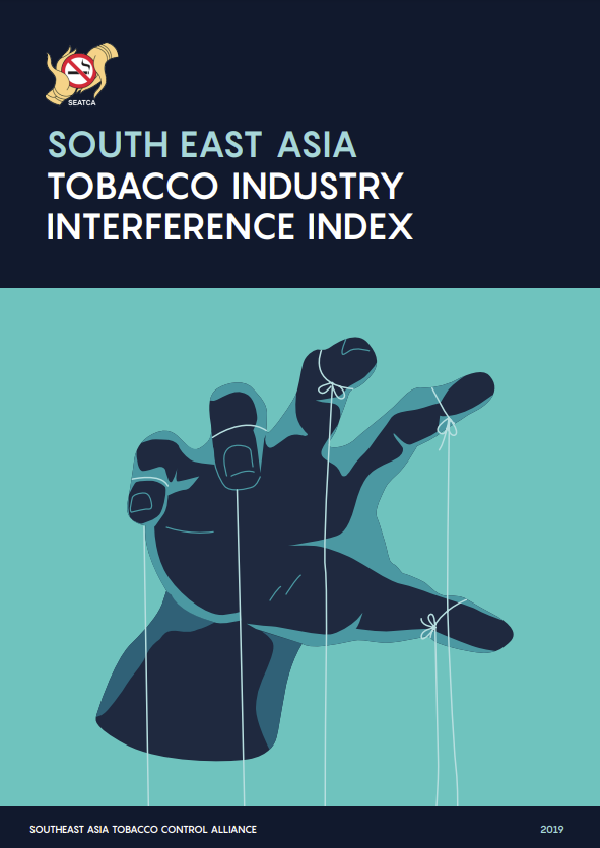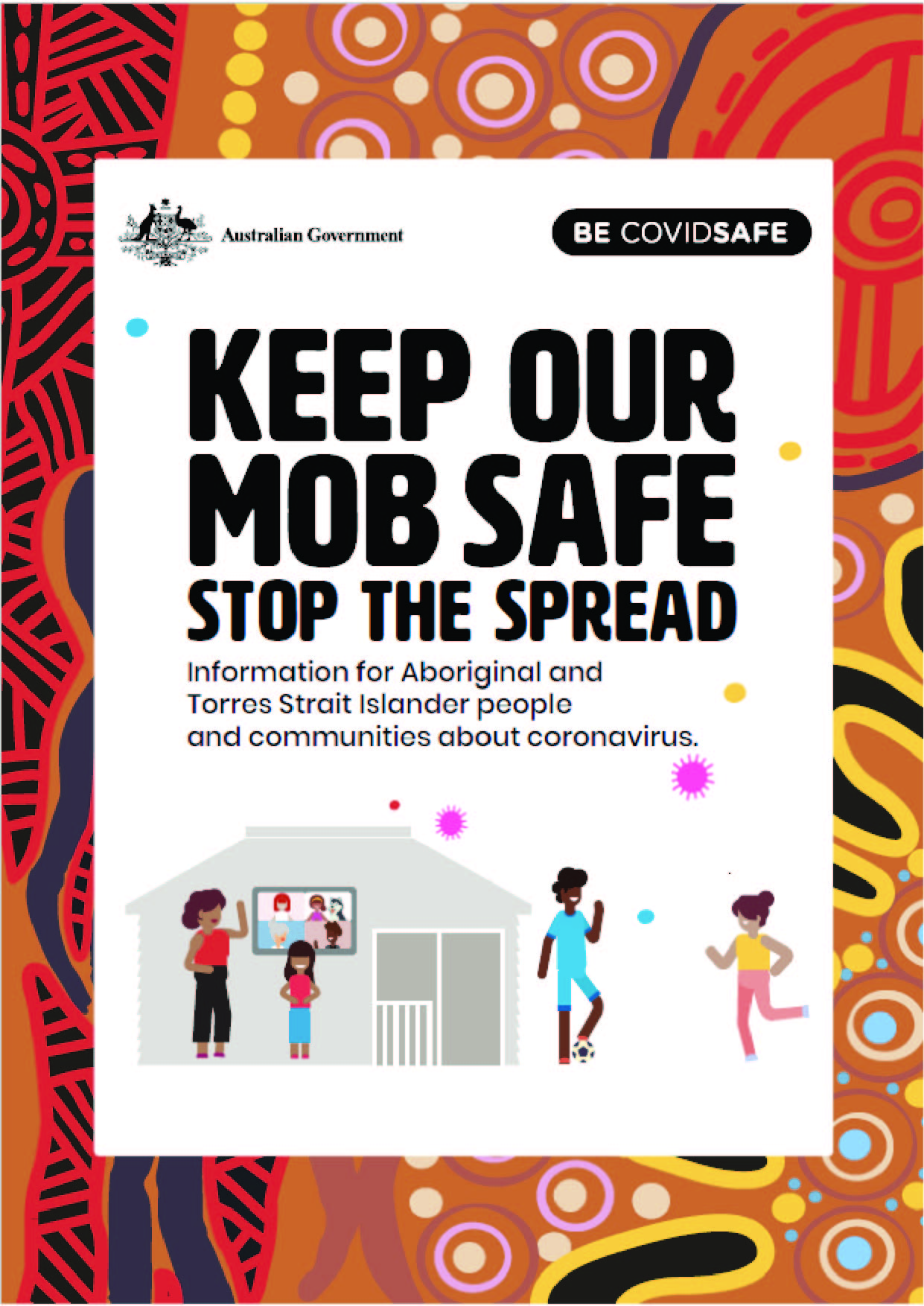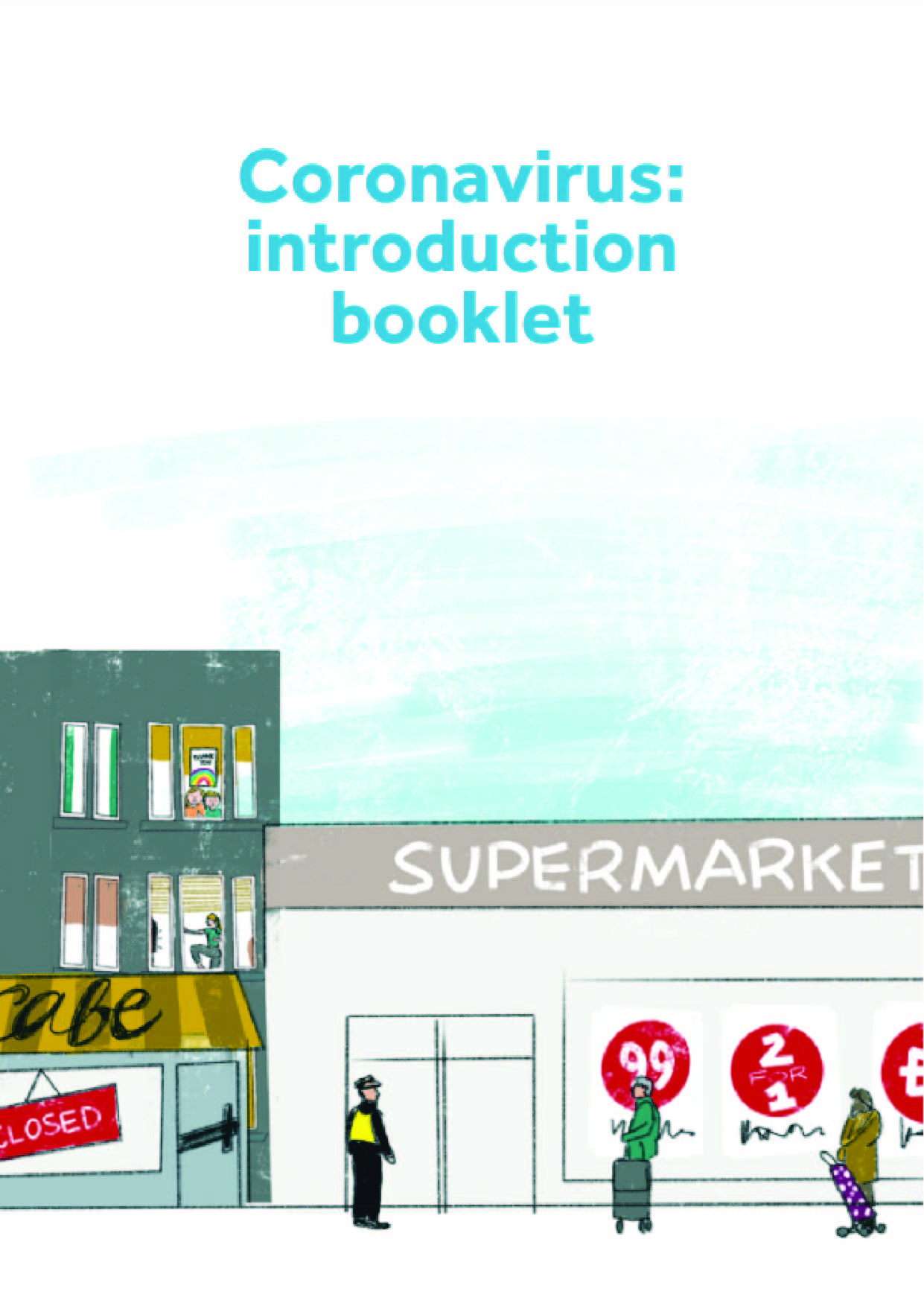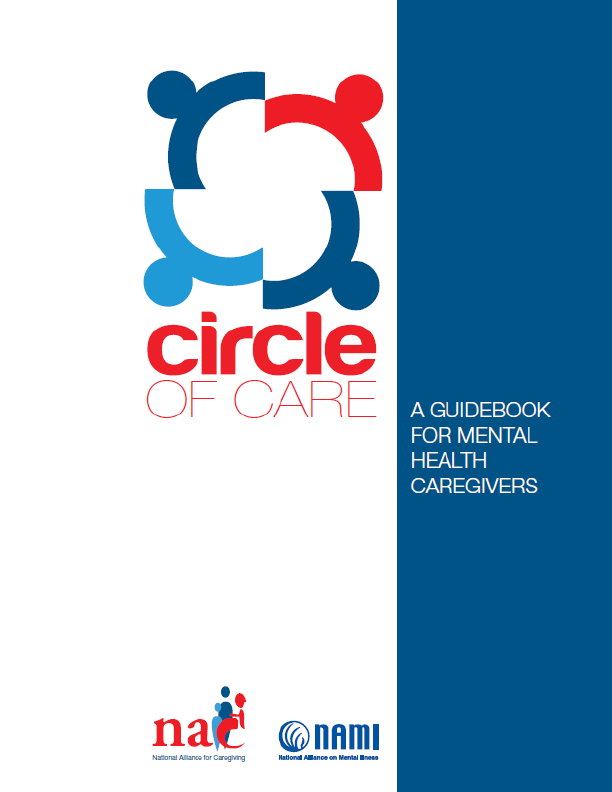World Health Organization Framework Convention on Tobacco Control (WHO FCTC) Article 5.3 empowers governments to protect their public health policies from tobacco industry interference.1 In 2008, guidelines to Article 5.3,2 were adopted by Parties to the FCTC and these provide specific measures that governments can put in place to reduce and prevent tobacco industry (TI) interference. It has been about ten years since the adoption of Article 5.3 guidelines but the tobacco industry remains a big challenge to governments. The industry has been identified as the greatest barrier to the implementation of the FCTC by many Parties.
This TI Interference Index is a civil society review of how governments have been implementing the recommendations in Article 5.3 guidelines. The Index covers nine (9) countries from the South East Asian (SEA) region, namely, Bangladesh, India, Indonesia, Maldives, Myanmar, Nepal, Sri Lanka, Thailand and Timor-Leste.
The questionnaire and scoring method developed by the Southeast Asia Tobacco Control Alliance (SEATCA)5 used in the ASEAN6 TI Interference Indices, were utilised in this survey and cover the period 2017- 2018. This Index is developed from publicly available evidence to support choice of scores accorded. The nine countries have been ranked accordingly. Limitations are acknowledged in that the evidence is based on publicly available information only and hence, are incomplete.
SUMMARY FINDINGS 1. LOW LEVEL OF INTERFERENCE – STRONG TOBACCO CONTROL
Thailand – protecting the government from industry interference
Although Thailand owns a tobacco monopoly, Tobacco Authority of Thailand, the government does not accept recommendations, collaborate in policy development, or endorse the TI’s corporate social responsibilities (CSR) activities, nor entertain requests for longer implementation period for tobacco control measures. The Ministry of Health has rules for interacting with the TI to protect itself from interference. There is no unnecessary interaction between policymakers and the TI. The new Tobacco Products Control Act 2017 requires manufacturers and tobacco importers to report on volume of production, importation, market share and marketing expenses.
Nepal – persevering through challenges from the tobacco industry
In 2015, Nepal became the first country in the world to adopt 90% PHW on cigarette packs.
Two years earlier (2013) Nepal’s legislation on 75% pack warnings was challenged by the tobacco industry – a legal battle where the government lost in the Supreme Court. Despite significant pressure from both cigarette and bidi manufacturers, Nepal has managed to limit its interactions with the industry, not accept its recommendations, nor collaborate with it in policy development. There is no record of Nepal’s senior officials joining the tobacco industry upon their retirement.
Timor-Leste – demonstrating political will in a poor setting
Timor-Leste, one of the poorest countries in the world, has a high smoking prevalence with two out of three men smoking. This has spurred the government to adopt the world’s largest pictorial health warnings (85% front, 100% back) on cigarette packs. While other countries, such as Sri Lanka, India and Thailand faced legal challenges from the tobacco industry for passing prominent PHW legislation, Timor-Leste went ahead with their large pack warnings generally unopposed. Its strong political will to protect public health, and readiness to counter any challenges from the industry earned them the WHO World No Tobacco Award in 2016.
2. LACK OF RESPONSE TO INTERFERENCE – WEAK PUBLIC HEALTH MEASURES
Bangladesh: unnecessary interactions opens the lobbying door
Handing out awards to the tobacco industry, such as the highest tax payer,8 or participating in social events, opens the door for lobbying against tobacco control policies. High level officials from the Ministry of Commerce, Ministry of Finance, the National Bureau of Revenue and Parliament have been particularly vulnerable to participating in such events. These ministries are influential in determining the outcome of tobacco control policies, as such tobacco taxes in Bangladesh have remained low.
Indonesia: only Asian non-Party to the WHO FCTC
Indonesian officials are open to recommendations from the tobacco industry and have among the weakest tobacco control measures in South East Asia.
3. TI NOT PART OF INTERNATIONAL TOBACCO CONTROL NEGOTIATIONS
It is a good achievement for the region that none of the countries had TI representative on their delegation to FCTC related meetings, such as the FCTC Conference of the Parties (COP) and negotiations related to the Protocol to Eliminate Illicit Trade on Tobacco Products.
4. WHO IS THE TOBACCO INDUSTRY?
The WHO FCTC defines the “tobacco industry” to include tobacco manufacturers, wholesale distributors and importers of tobacco products. Maldives and Timor-Leste demonstrate the importance of identifying who the tobacco industry is since the industry is represented through tobacco distributors and importers. No country in the region has a register of TI affiliates and organisations or their lawyers and consultants acting on the industry’s behalf.











